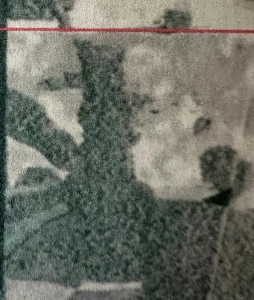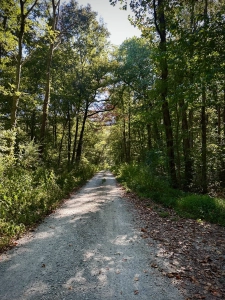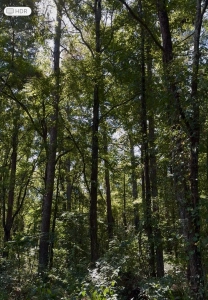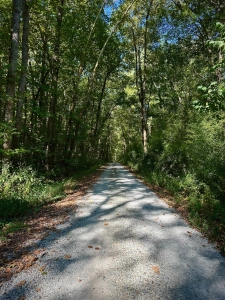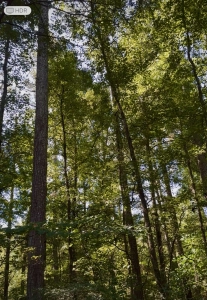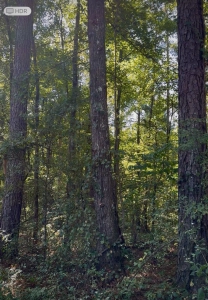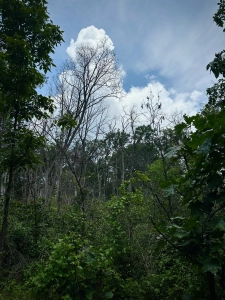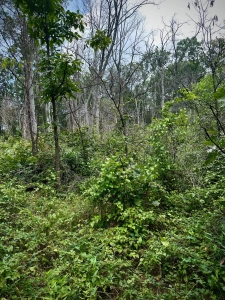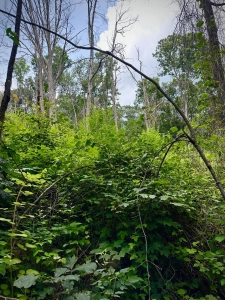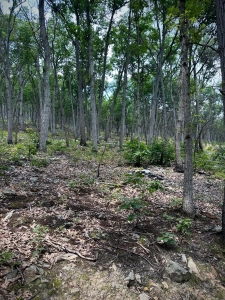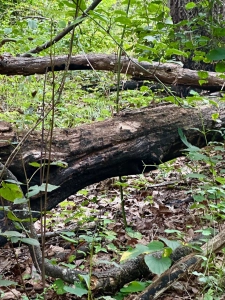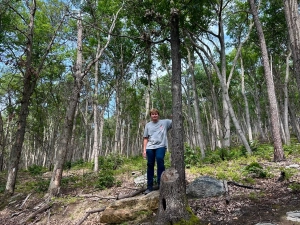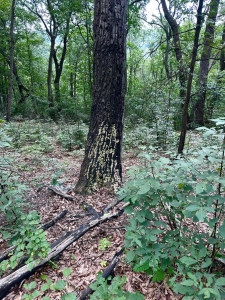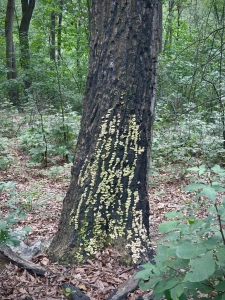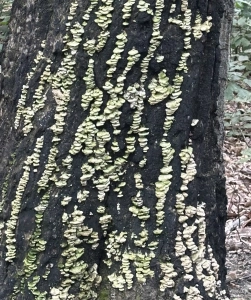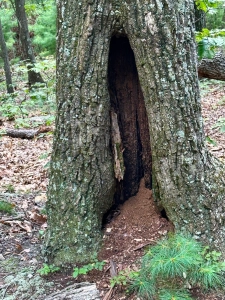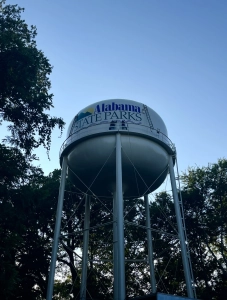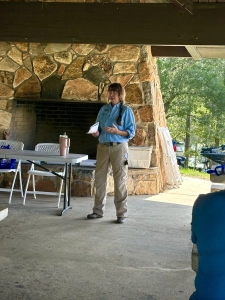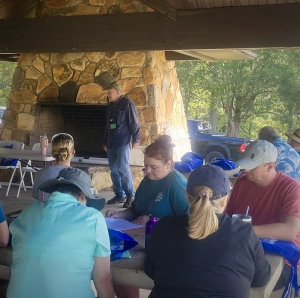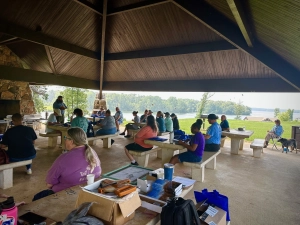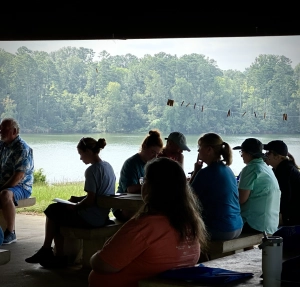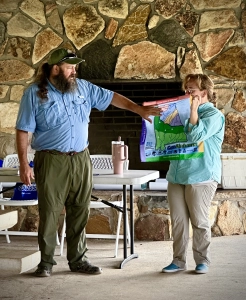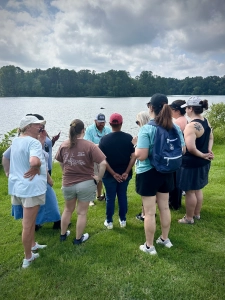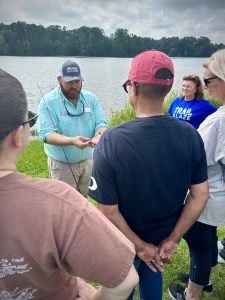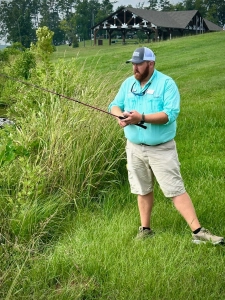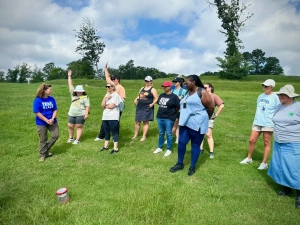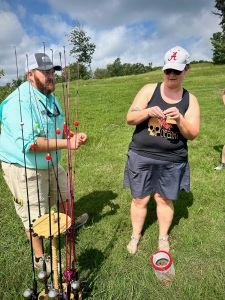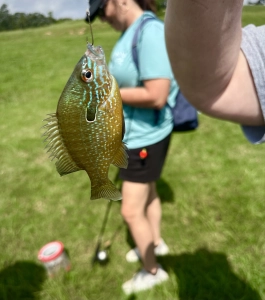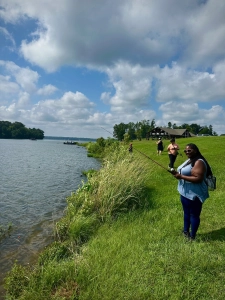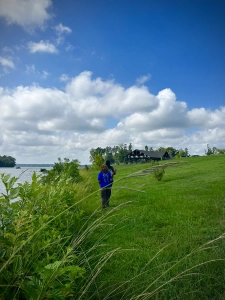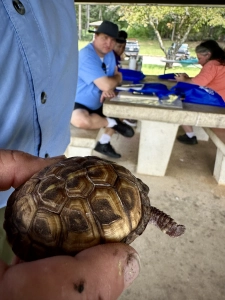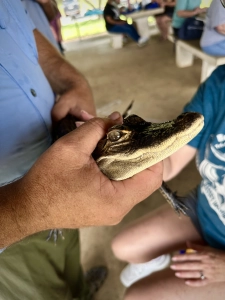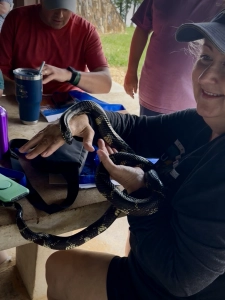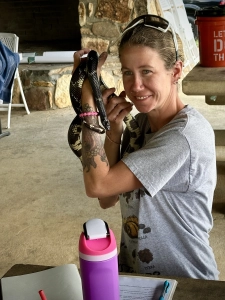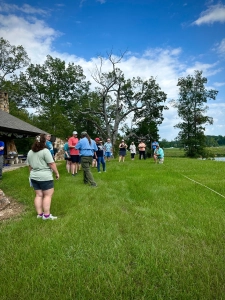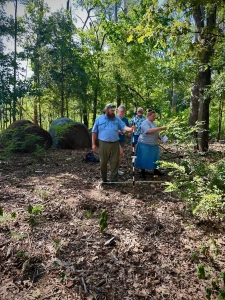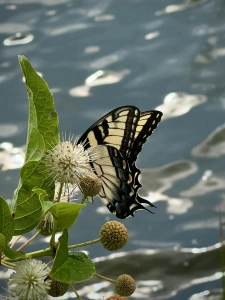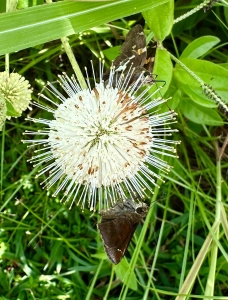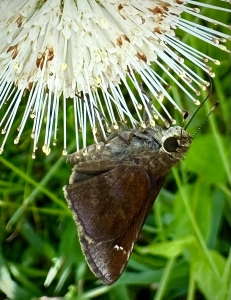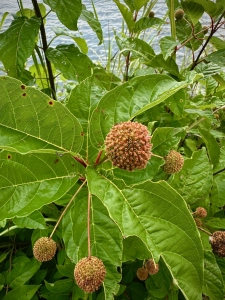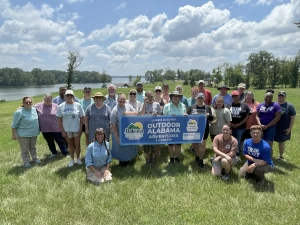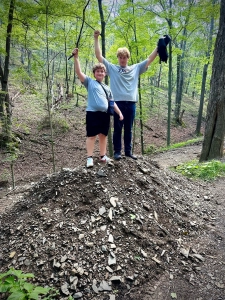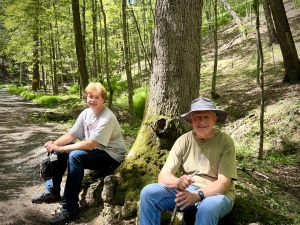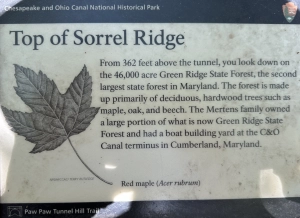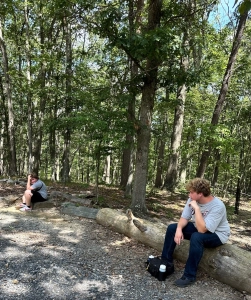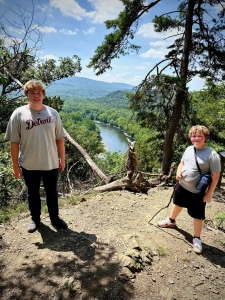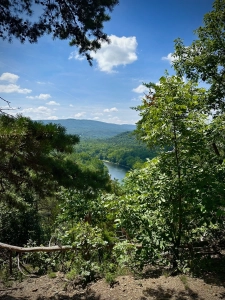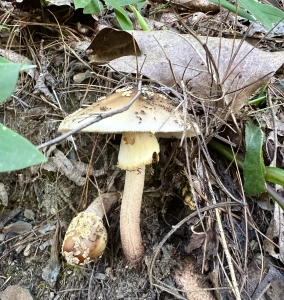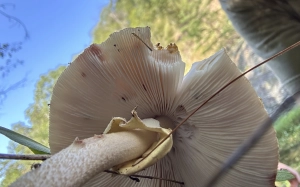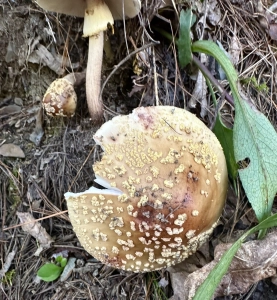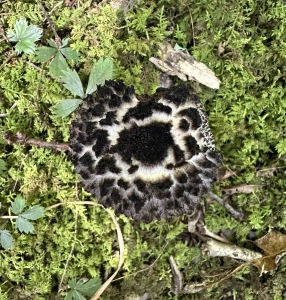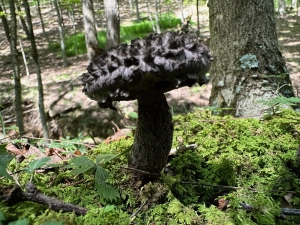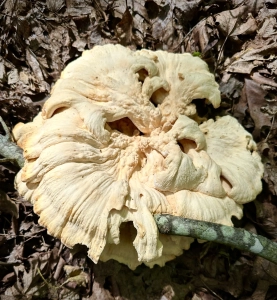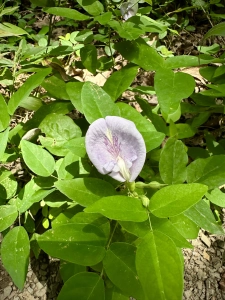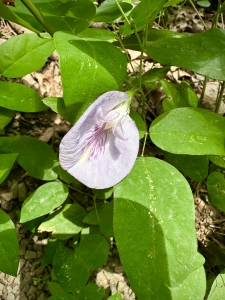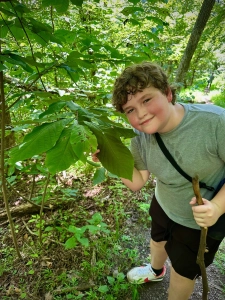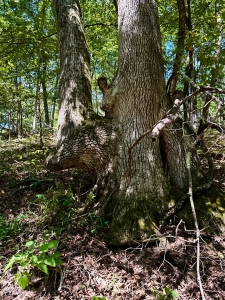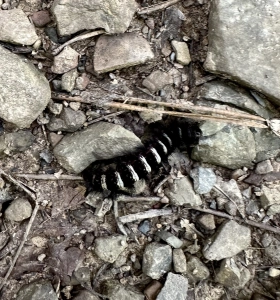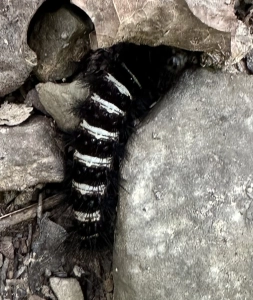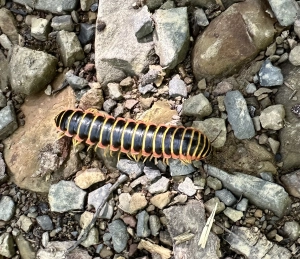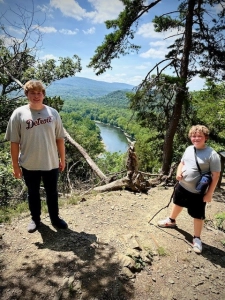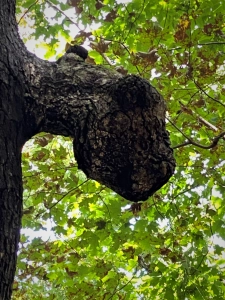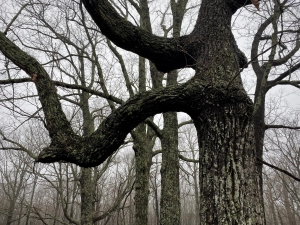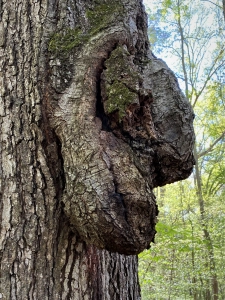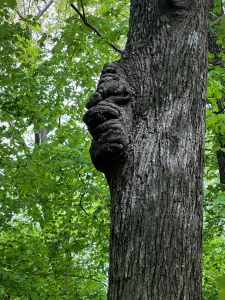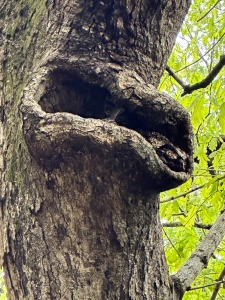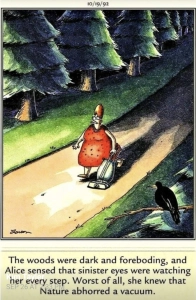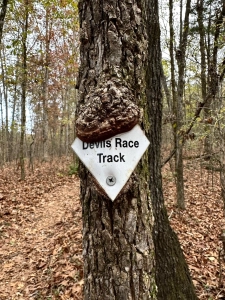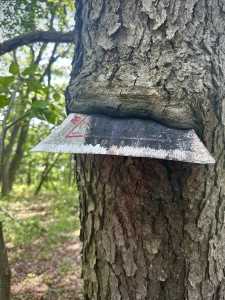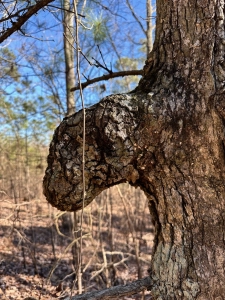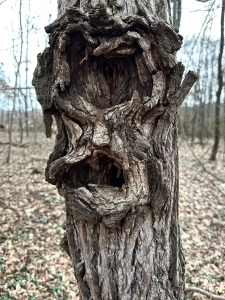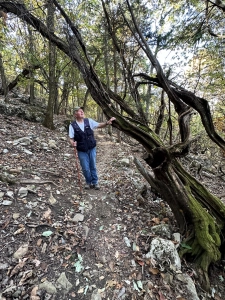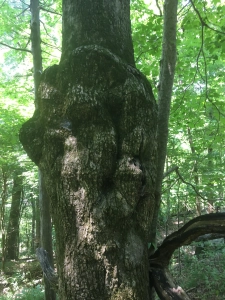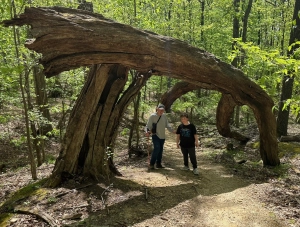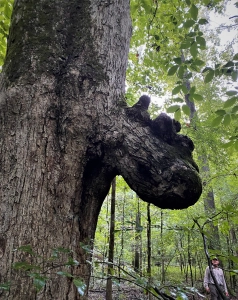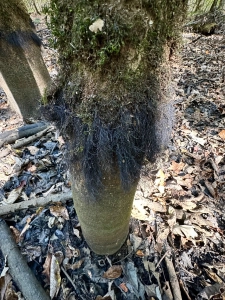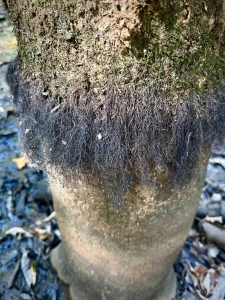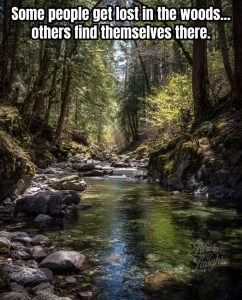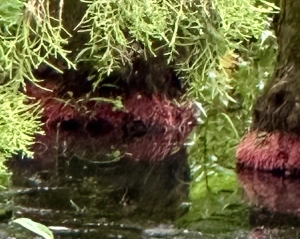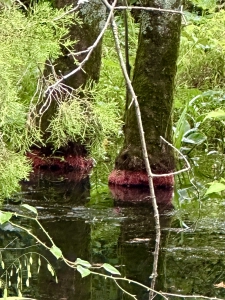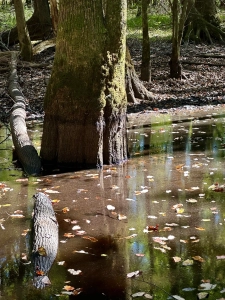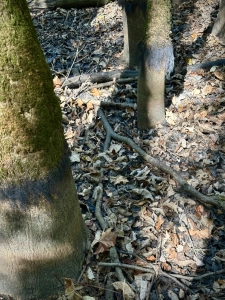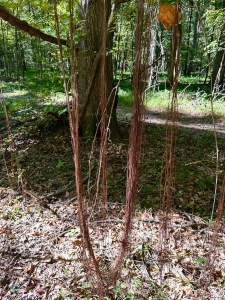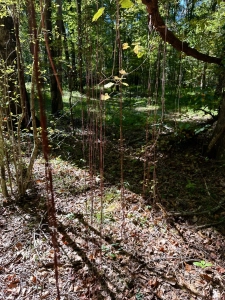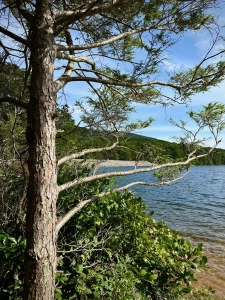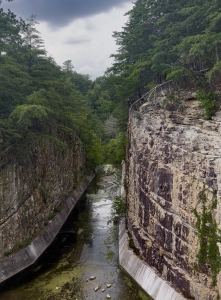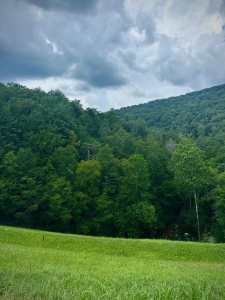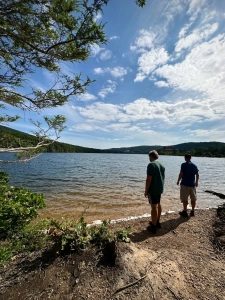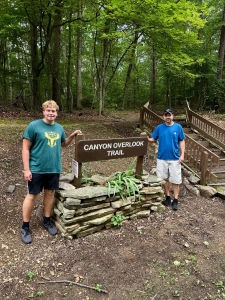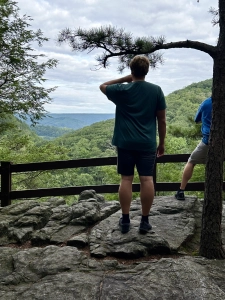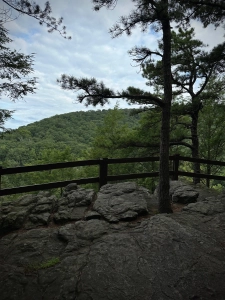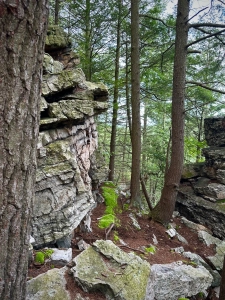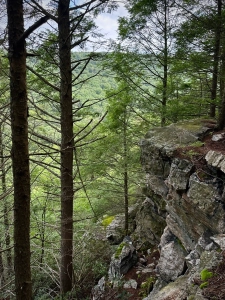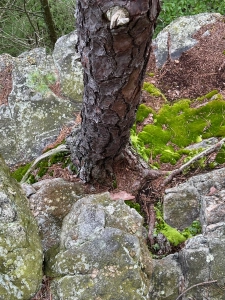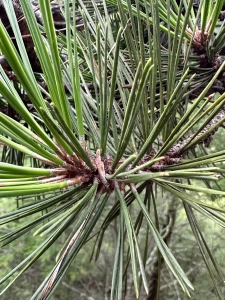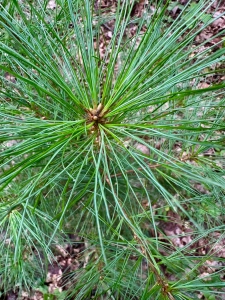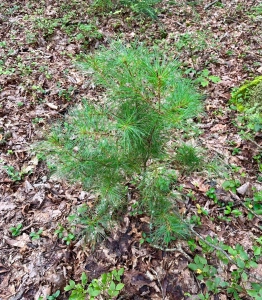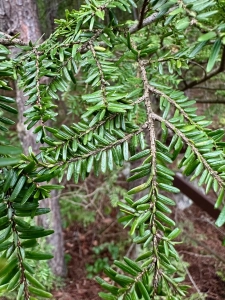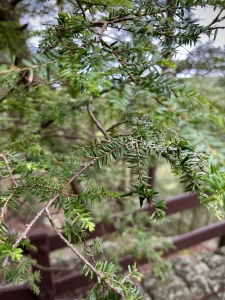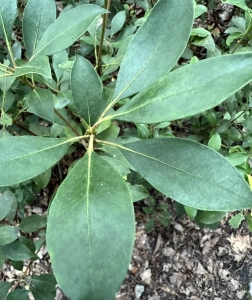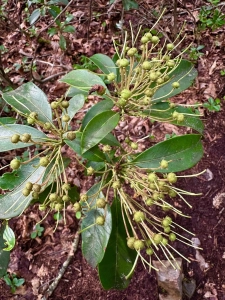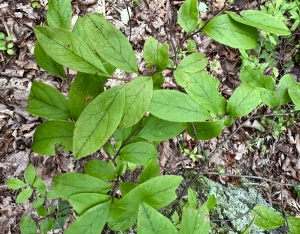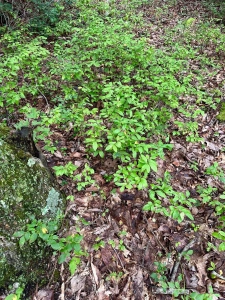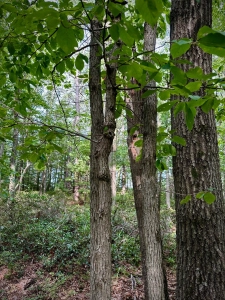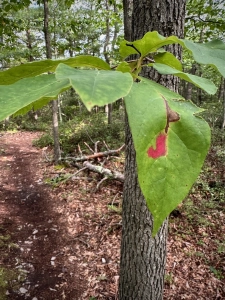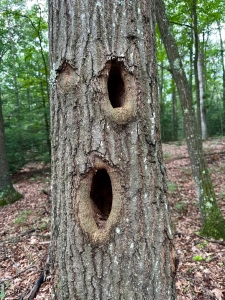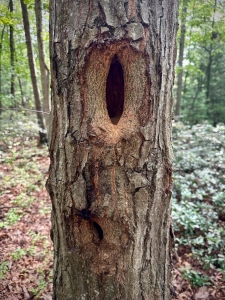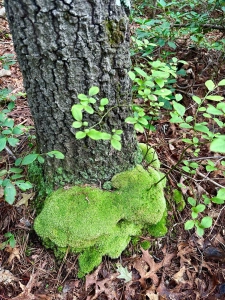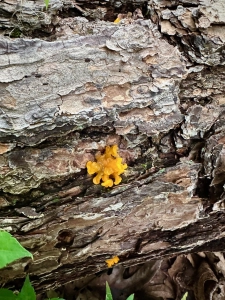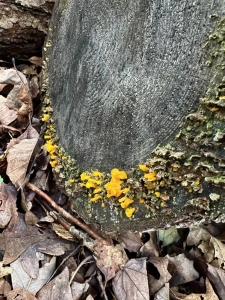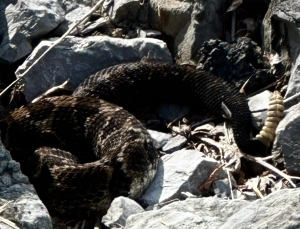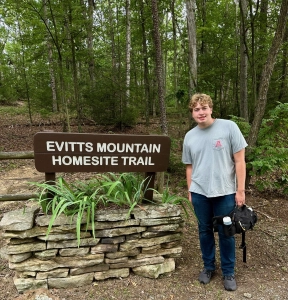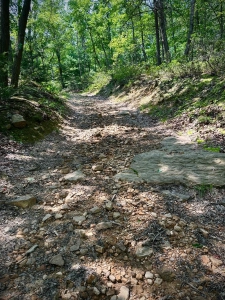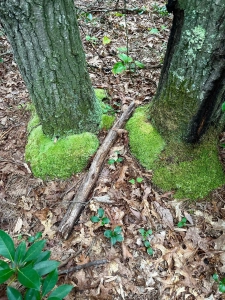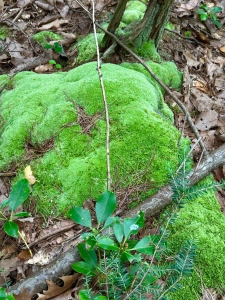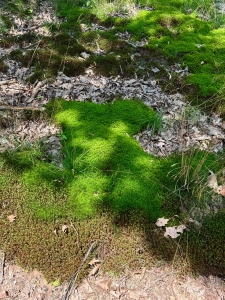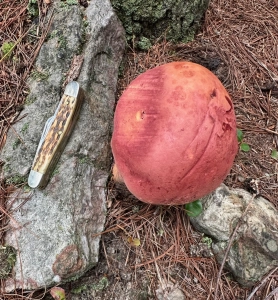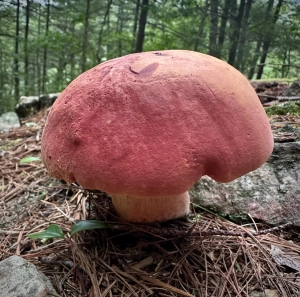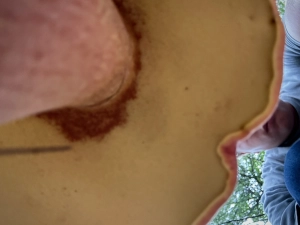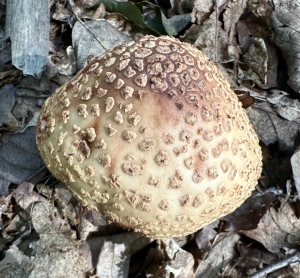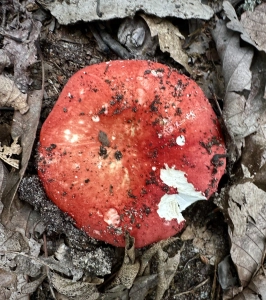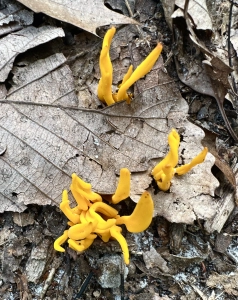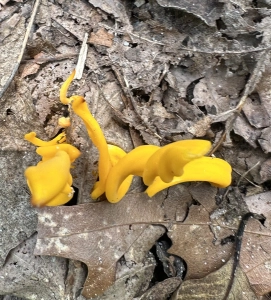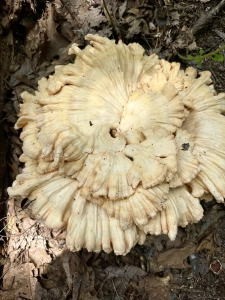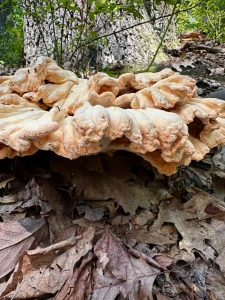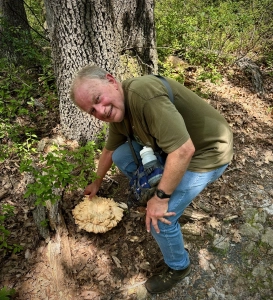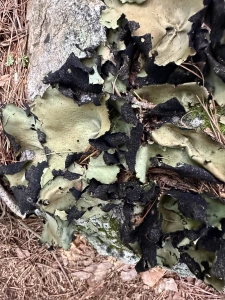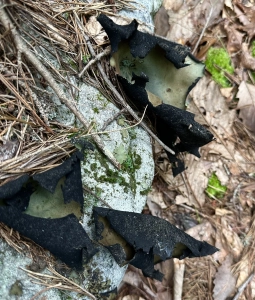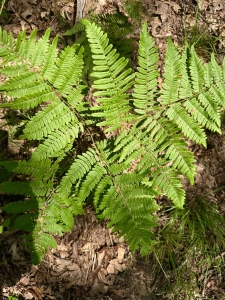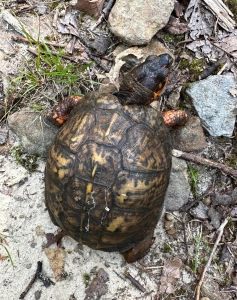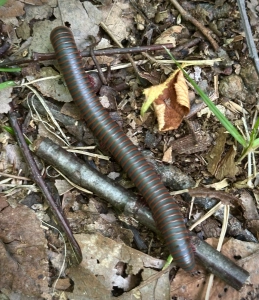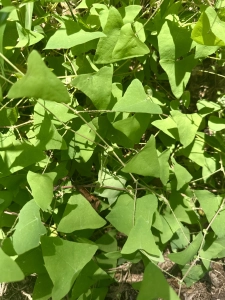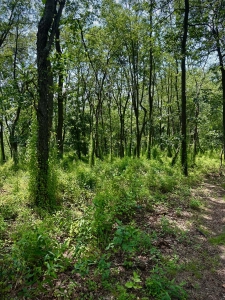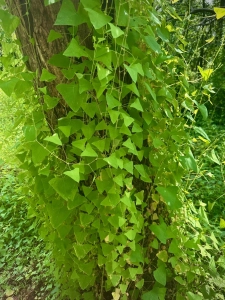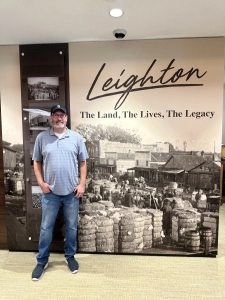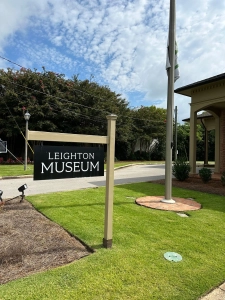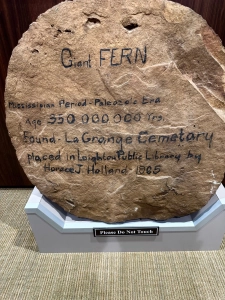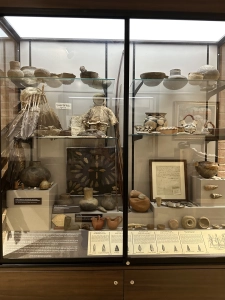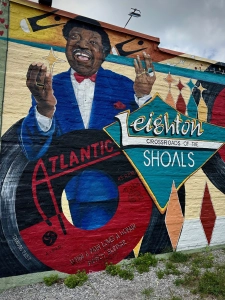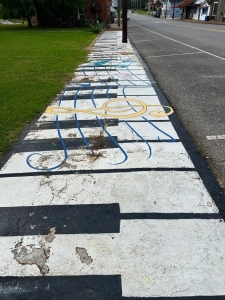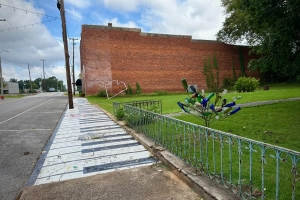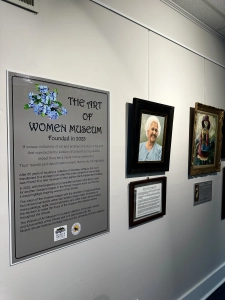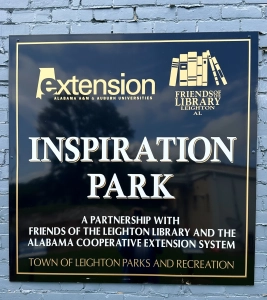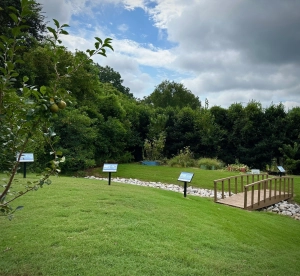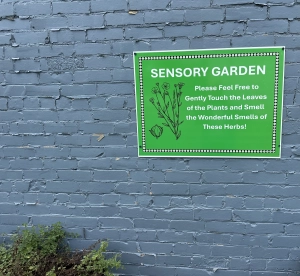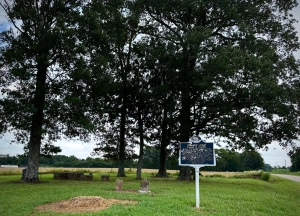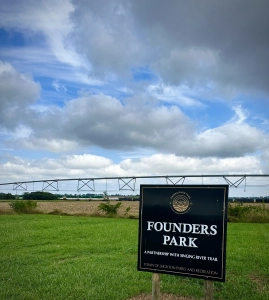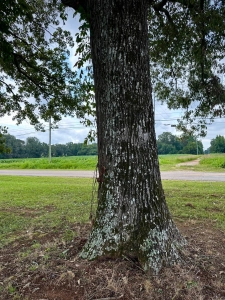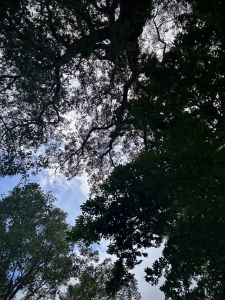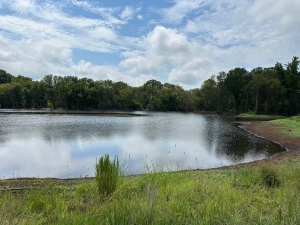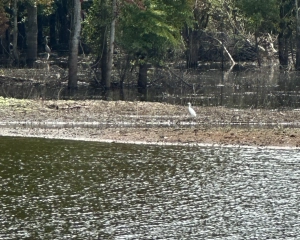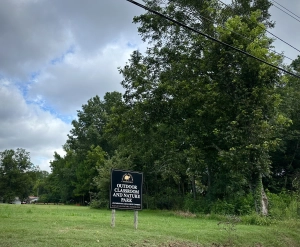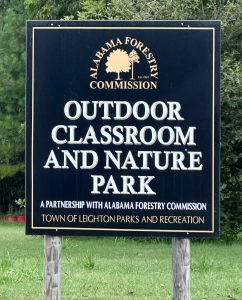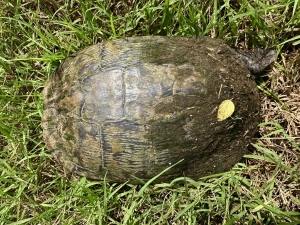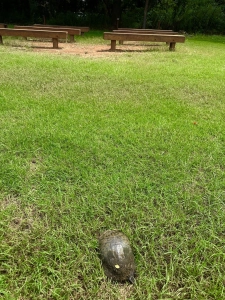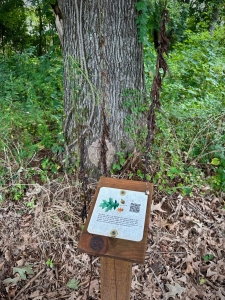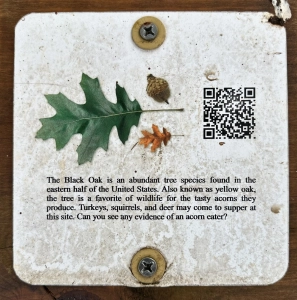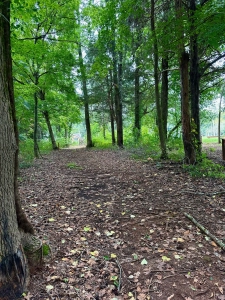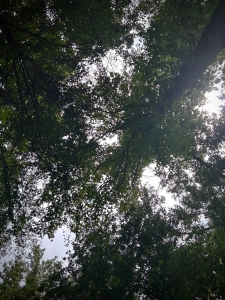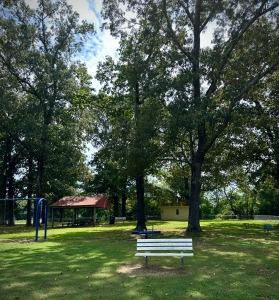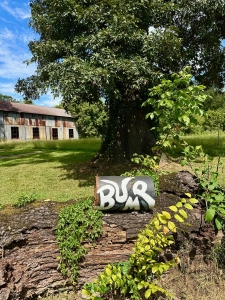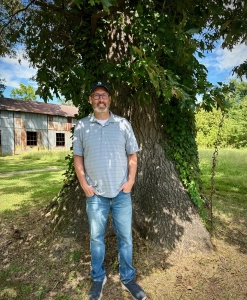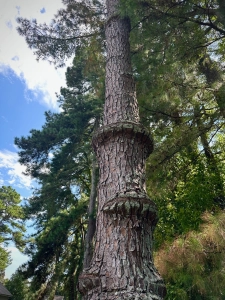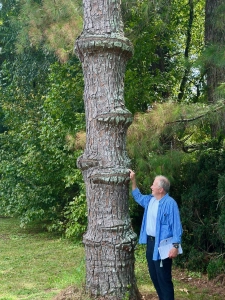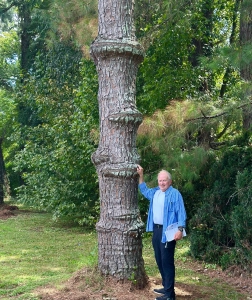Note: I am flagging this photo essay as one of a sub-series that introduces North Alabama’s emerging Singing River Trail:
A 200+ mile greenway system that strengthens regional bonds and creates new health and wellness, educational, economic, tourism, and entrepreneurial opportunities for the people and communities of North Alabama.
As a designated Ambassador to the Singing River Trail, I occasionally visit a destination along the route to explore and highlight worthy Nature attractions. I visited historic Leighton, initially known as Crossroads due to its strategic location at the intersection of two early stagecoach roads in Colbert County, on August 21, 2025. I distilled my tour, hosted by Mayor Derick Silcox to two Posts:
- The Town: A One Square Mile Whistle Stop on the Singing River Trail (https://stevejonesgbh.com/2025/10/01/leighton-alabama-a-one-square-mile-whistle-stop-on-the-singing-river-trail/)
- Leighton, AL: Nature Attractions within Reach of The Town (This Post)
I focus this Post on Nature Attractions within Reach (15 minutes drive) of The Town.
Nature Attractions within Reach of Leighton
Leighton is a lovely crossroads community approximately seven miles south of Wilson Lake on the Tennessee River, and 55 miles W/SW of my residence. The internet abounds with recreational and natural amentities associated with TVA’s necklace of impoundments along the river. Wilson Lake lies just downstream from Wheeler Lake and Joe Wheeler State Park, about which I’ve published dozens of these weekly photo essays.
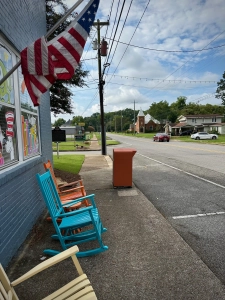
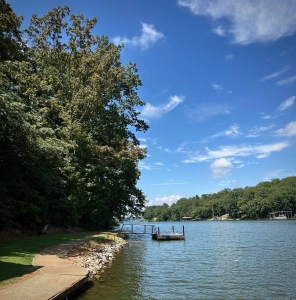
When we retired to Madison in northern Alabama seven years ago (our daughter and her family live in Madison), I wondered whether I would find the natural beauty, magic, wonder, awe, and inspiration that I would require to sate my Nature passion through my post-employment years. I assure you, supplemented by occasional trips out of state/country, I’ve found this region blessed by abundant forests, waters, meadows, swamps, glades, and both natural and human history attractions. I’ll highlight such attractions Derick introduced to me in the Leighton vicinity.
LaGrange Cemetery
We visited LaGrange Cemetery, one such site, just eight miles from Leighton.
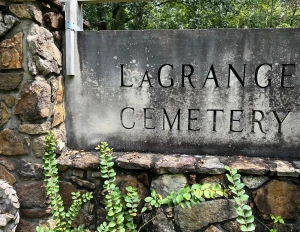
I’ve loved reading Robert Service since residing in Alaska (2004-2008). Service, a Brit who spent time in the Yukon during turn-of-the-century gold rush days 125 years ago, wrote beautiful poetry and ballads of his time in the Far North, including The Spell of The Yukon. Two lines from The Spell came to mind as we had only a few minutes to experience the cemetery. I wanted to peruse (i.e. study deeply) the cemetery…its headstones, the large trees populating it, and the hills and wildlands enveloping it. Aptly, Service declared:
There’s a land–oh, it beckons and beckons,
And I want to go back–and I will,
No, Colbert County is not the great, big, broad land ‘way up yonder, yet it does have special places, like the cemetery, with beauty that thrills me with wonder, and stillness that fills me with peace.
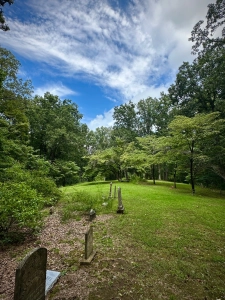
I’ll return to the cemetery when cooler weather persists and mosquitoes, ticks, and chiggers take leave.
Every gravesite tells a story, some dating back to a birth when our USA was just a child and this rural, raw land was still wild frontier.
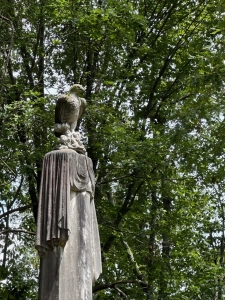
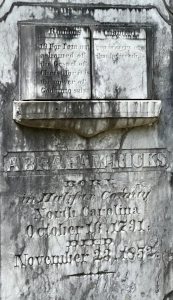
I captured a few images, but each monument and gravestone merits study and contemplation. Importantly, for this old forester, I yearned to know the trees and shrubs, and wander the surrounding forests. Like the graves and tombs, each tree, shrub, and hollow has a story to tell.
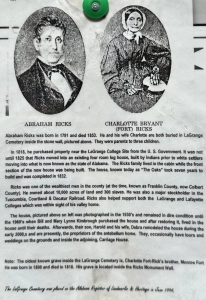
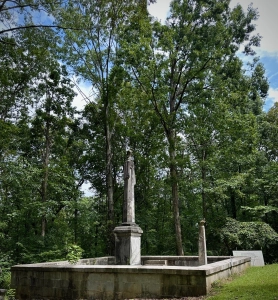
Some of the headstones evoke feelings that are best absorbed in quiet, unhurried contemplative solitude. This monument, a mournful tree carved on its face, two artificial roses left at its base, begs such deep reflection. Mary J, wife of Hugh Pennick, lived just 24 years, departing her earthly life 140 years ago. The inscription, which if had sat long enough, would have brought misty eyes: Though lost to sight: to memory dear. I view it through my lens at age 74 and from a marriage now extending through 53 years. I wanteed to share some quiet time with Mary J. The words and the forested hilltop setting stirred emotions.
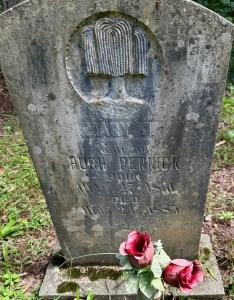
The surrounding forest tried its best to draw me in, urging me to come back…and I will!
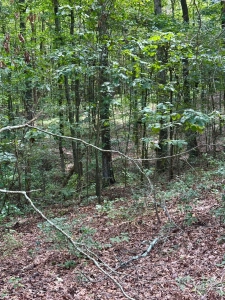
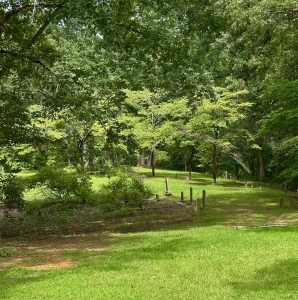
Again, each tree has a story, like this dogwood. Who planted it and when? Who does it memorialize? A father; a mother; a child; a grandparent; a friend?
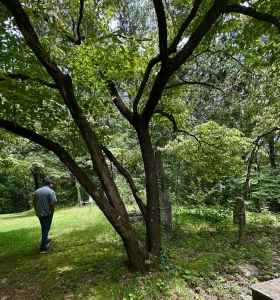
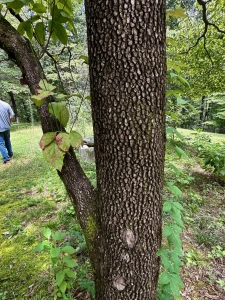
When Judy and I lived in west-central Ohio, our son-in-law’s geneology investigation revealed that my maternal great, great, great, great, great grandfather, a Revolutionary War Veteran, was buried just two miles from our residence. Standing before his tombstone with its grand spreading oak tree, touched me deeply. In some ways, he yet lives in me, some 180 years after his death. Einstein understood:
Our death is not an end if we can live on in our children and the younger generation. For they are us, our bodies are only wilted leaves on the tree of life.
I recognize and accept that am but fading leaves on that ancient familial tree of life.
LaGrange College and West Point of the South
The Colbert County Tourism website is an excellent resource for historic information about the Site Park, Pioneer Village, and Antebellum Cemetery. Having served 35 years at nine universities, I have a keen interest in LaGrange College and its successors. The website paints a compelling story:
In the early 1820’s, LaGrange was established on the crest of a mountain near Leighton, AL with about 400 inhabitants. In the late 1820s, the Tennessee Conference of the Methodist Episcopal Church solicited proposals for a site and subscription of $10,000. On December 4, 1828, the Methodist Church accepted the LaGrange proposition. Later that month, the Mississippi Conference joined in the efforts to establish a college. Representatives from the two conferences met at LaGrange on January 10, 1829, and selected a site for the college. On January 11, 1830, “LaGrange College” opened with an enrollment of 70 students and became the first state chartered college in Alabama.
The enrollment peaked at 139 in 1845. Dr. Richard H. Rivers became president in 1854, when the college faced serious financial
problems. In response to an offer of better support, Rivers moved the college to Florence, Alabama in January 1855. Over 150 graduates
received A.B. degrees during its 25-year history. The establishment of LaGrange College in 1830 might well be considered the birth of
collegiate education in Alabama. The move was controversial, some students and faculty remained on the old campus, and the Florence
institution was denied permission to use the name of LaGrange College. It was chartered as Florence Wesleyan University on February 14, 1856, and is known today as the University of North Alabama.
Colleges and universities have played a major role in my life, career, and retirement. I felt no small measure of nostalgia standing on the hilltop reflecting on an institution establed there 195 years ago and operating more or less through today as UNA.
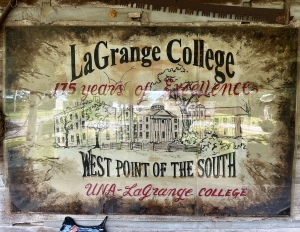
The view is north across the Tennessee Valey to Leighton and beyond to Florence. From the University of Alaska Fairbanks, where I served as Chancellor (CEO) from 2004 to 2008, a clear day provided a view of 20,310 foot Mt. Denali (McKinley), North America’s highest peak. The overlook is perhaps 750 feet above sea level, hardly on the crest of a mountain, yet the view is pleasant and rewarding, providing a sense of the current landscape mosaic of forest and farmland.
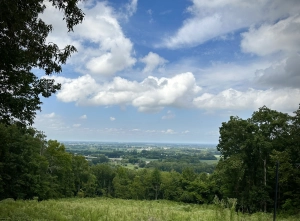
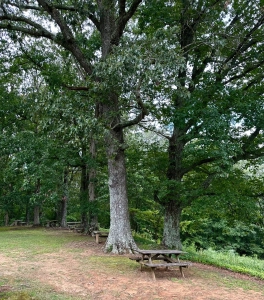
From the same website:
After LaGrange College moved to Florence in January 1855, a group of LaGrange citizens organized a college in the vacant buildings under the old name. Rev. Felix Johnson was elected president. To increase the patronage, a military feature was introduced in 1857. Major J.W. Robertson became superintendent and classes were suspended while a third major building was erected for the cadets. The college reopened in February 1858, as LaGrange College and Military Academy. The new institution’s financial situation was dismal until the State of Alabama provided military equipment and scholarships. The Academy soon flourished and became known as the “West Point of the South.” In 1860, the name was changed to LaGrange Military Academy. By 1861, the enrollment was almost 200 cadets. During its existence, 259 cadets from nine states attended the Academy.
In 1861, many LaGrange cadets left to join the Confederate Army. Consequently, the Academy was forced to suspend classes on March 1, 1862. Only two cadets had graduated. Major Robertson was authorized to organize the 35th Alabama Infantry Regiment, C.S.A.
He was elected colonel and the remaining cadets formed part of one company. The regiment was mustered into the Confederate Army on March 12, 1862, for three years. On April 28, 1863, the 10th Missouri Calvary of the Union Army, known as the “Destroying Angels,” commanded by Col. Florence M. Comyn, burned the Military Academy, the nearby La Fayette Female Academy, many businesses, and homes. The village of LaGrange dwindled away. In 1995, LaGrange Park was transferred from the Alabama Historical Commission to the
LaGrange Living Historical Association. Thereafter, the site of Alabama’s first chartered college was enhanced and stands today as a historical landmark.
The monument and sign memorialize the College and Military Academy.
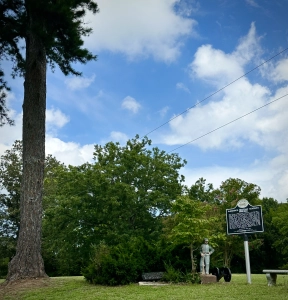
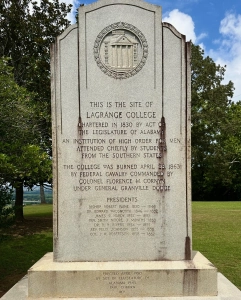
The Site Park restoration comprises mid-19th century buildings relocated to the site, along with buildings constructed in period style.
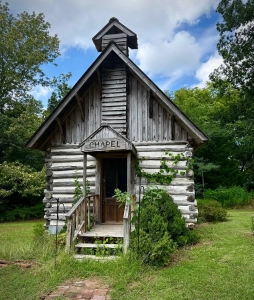
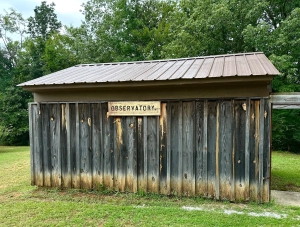
We chose a perfect summer afternoon to visit the hilltop. A picture-perfect sky; comfortable humidity; tolerable temperature. Although I was not able to engage in my more typical Nature wanderings, I took palpable joy in breathing fresh air while peering into the countryside wildness within sight.
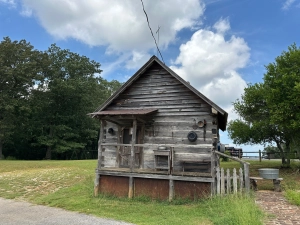
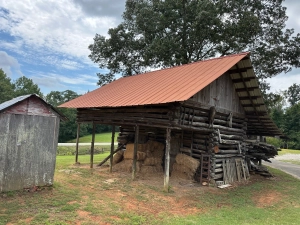
The sign reads: LaGrange Welcome Center, Open Sundays 1-4 pm or by Appointments (446-9324).
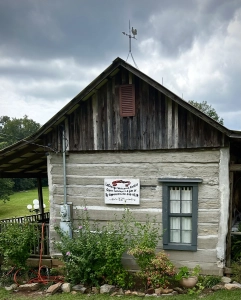
While not a dedicated imbiber, I do appreciate a convivial sip (well, maybe not just a sip) of purely organic spirits prepared from all natural ingredients, locally produced. The Dawson Distillery Moonshine Headquarters, Leighton, AL, distills its special essence along the access road to the Park Site and LaGrange Cemetery. Alas, my only disappointment from my visit with Derick, the distillery was closed. I was ready and poised enthusiastically to invest in the Leighton community economic enterprise. Another compelling reason to return!
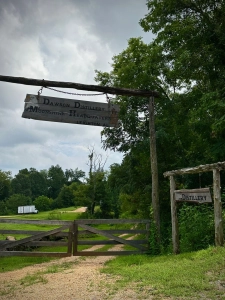
Had it not been for my recruitment to the exalted rank of SRT Ambassador, I may have never visited this small town Alabama crossroads and its area Nature attractions. I am sure that the SRT will eventually provide mulitple such compelling whistle stops along its route.
Thoughts and Reflections
I offer these observations:
- A key component of understanding and enjoying Nature is getting into the out there. (Steve Jones)
- Curiosity rewards Nature enthusiasts who explore whistle stops along and near the SRT! (Steve Jones)
- There’s a land–oh, it beckons and beckons; And I want to go back–and I will. (Robert Service)
Inhale and absorb Nature’s elixir. May Nature Inspire, Inform, and Reward you!
Note: All blog post images created & photographed by Stephen B. Jones unless otherwise noted. Please circulate images with photo credit: “©2025 Steve Jones, Great Blue Heron LLC. All Rights Reserved.”
I am available for Nature-Inspired Speaking, Writing, and Consulting — contact me at steve.jones.0524@gmail.com
The Nature of the Singing River Trail
The Singing River Trail will be a 200+ mile greenway system that strengthens regional bonds and creates new health and wellness, educational, economic, tourism, and entrepreneurial opportunities for the people and communities of North Alabama.

The trail will prominently feature many off-shoots of the core trail. Leighton, Alabama is representative of the unique whistle stops and special places along the trail. My hope is that SRT venturers can search these Great Blue Heron Posts to better understand the Nature of our region.
As a lifelong devotee of hiking/sauntering, running, biking, and Nature exploration, I envision multiple other Great Blue Heron weekly photo essays focused on The Nature of the Singing River Trail. I will incorporate individual essays into my routine Posts that total approximately 450 to-date (archived and accessible at: https://stevejonesgbh.com/blog/). I offer these Mooresville Cemetery related photo essays as an orientation to the new component series.
Reminder of my Personal and Professional Purpose, Passion, and Cause
If only more of us viewed our precious environment through the filters I employ. If only my mission and vision could be multiplied untold orders of magnitude:
Mission: Employ writing and speaking to educate, inspire, and enable readers and listeners to understand, appreciate, and enjoy Nature… and accept and practice Earth Stewardship.
Vision:
- People of all ages will pay greater attention to and engage more regularly with Nature… and will accept and practice informed and responsible Earth Stewardship.
- They will see their relationship to our natural world with new eyes… and will understand more clearly their Earth home.
Tagline/Motto: Steve (Great Blue Heron) encourages and seeks a better tomorrow through Nature-Inspired Living!
Steve’s Four Books
I wrote my books Nature Based Leadership (2016), Nature-Inspired Learning and Leading (2017), Weaned Seals and Snowy Summits: Stories of Passion for Place and Everyday Nature (2019; co-authored with Dr. Jennifer Wilhoit), and Dutton Land & Cattle: A Land Legacy Story (2023) to encourage all citizens to recognize and appreciate that every lesson for living, learning, serving, and leading is either written indelibly in or is powerfully inspired by Nature. All four of my books present compilations of personal experiences expressing my deep passion for Nature. All four books offer observations and reflections on my relationship with the natural world… and the broader implications for society. Order any from your local indie bookstore, or find them on IndieBound or other online sources such as Amazon and LifeRich.
I began writing books and Posts for several reasons:
- I love hiking and exploring Nature
- I see images I want to (and do) capture with my trusty iPhone camera
- I enjoy explaining those images — an educator at heart
- I don’t play golf!
- I do love writing — it’s the hobby I never needed when my career consumed me
- Judy suggested my writing is in large measure my legacy to our two kids, our five grandkids, and all the unborn generations beyond
- And finally, perhaps my books and Blogs could reach beyond family and touch a few other lives… sow some seeds for the future
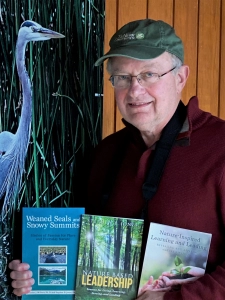

The Nature of the Singing River Trail
The Singing River Trail will be a 200+ mile greenway system that strengthens regional bonds and creates new health and wellness, educational, economic, tourism, and entrepreneurial opportunities for the people and communities of North Alabama.

The trail will prominently feature many off-shoots of the core trail. The Richard Martin Trail is an 11-mile (22 out and back) route segment reaching from Athens to the Tennessee line. My hope is that SRT venturers can search these Great Blue Heron Posts to better understand the Nature of our region. Here is my May 2022 Post on the Richard Martin Rails to Trails: https://stevejonesgbh.com/2022/06/07/early-summer-on-the-richard-martin-rails-to-trail/
As a lifelong devotee of hiking/sauntering, running, biking, and Nature exploration, I envision another Great Blue Heron weekly photo essay series focused on The Nature of the Singing River Trail. I will incorporate individual essays into my routine Posts that total approximately 450 to-date (archived and accessible at: https://stevejonesgbh.com/blog/). I offer these Mooresville Cemetery related photo essays as an orientation to the new component series.
